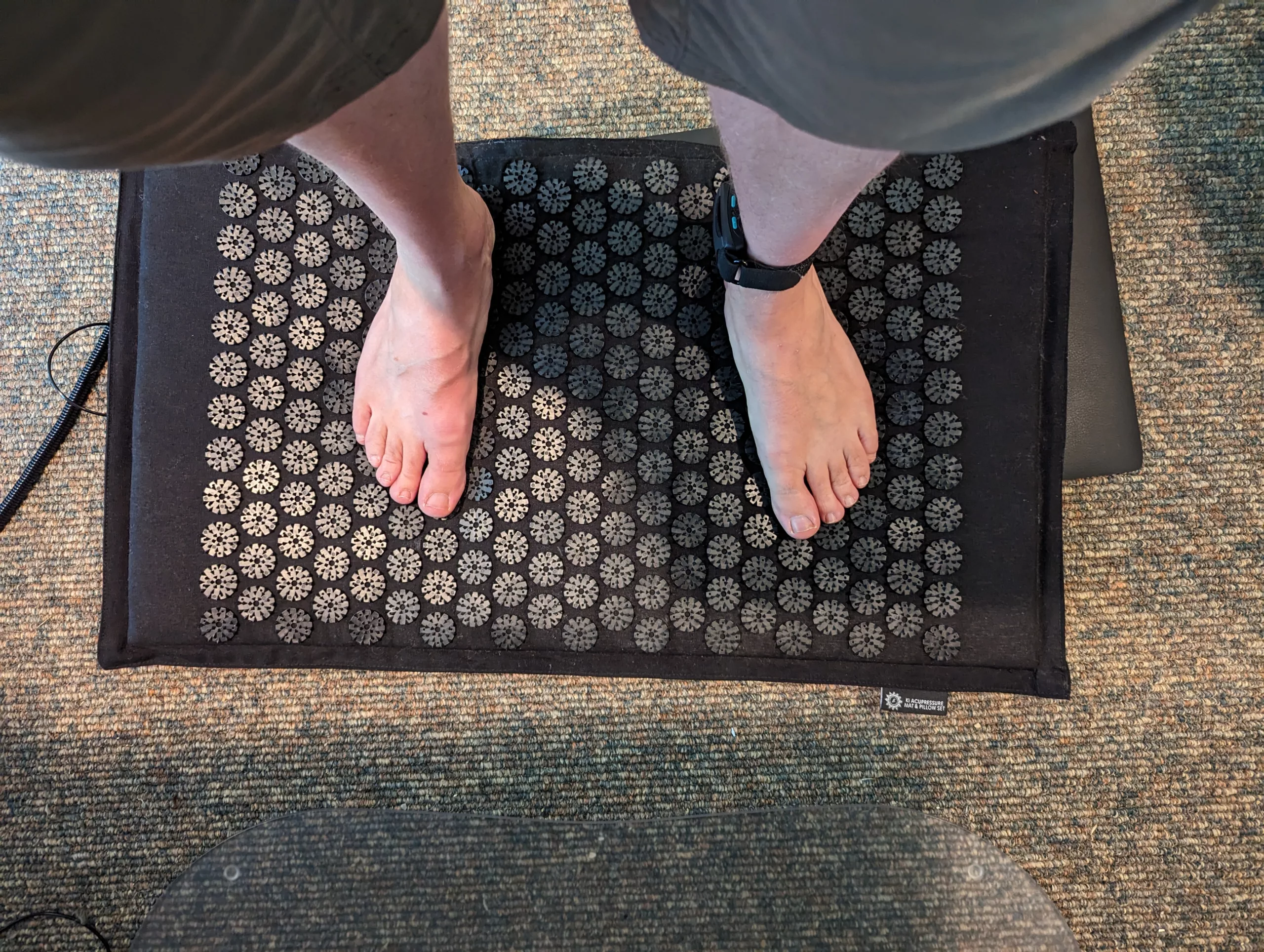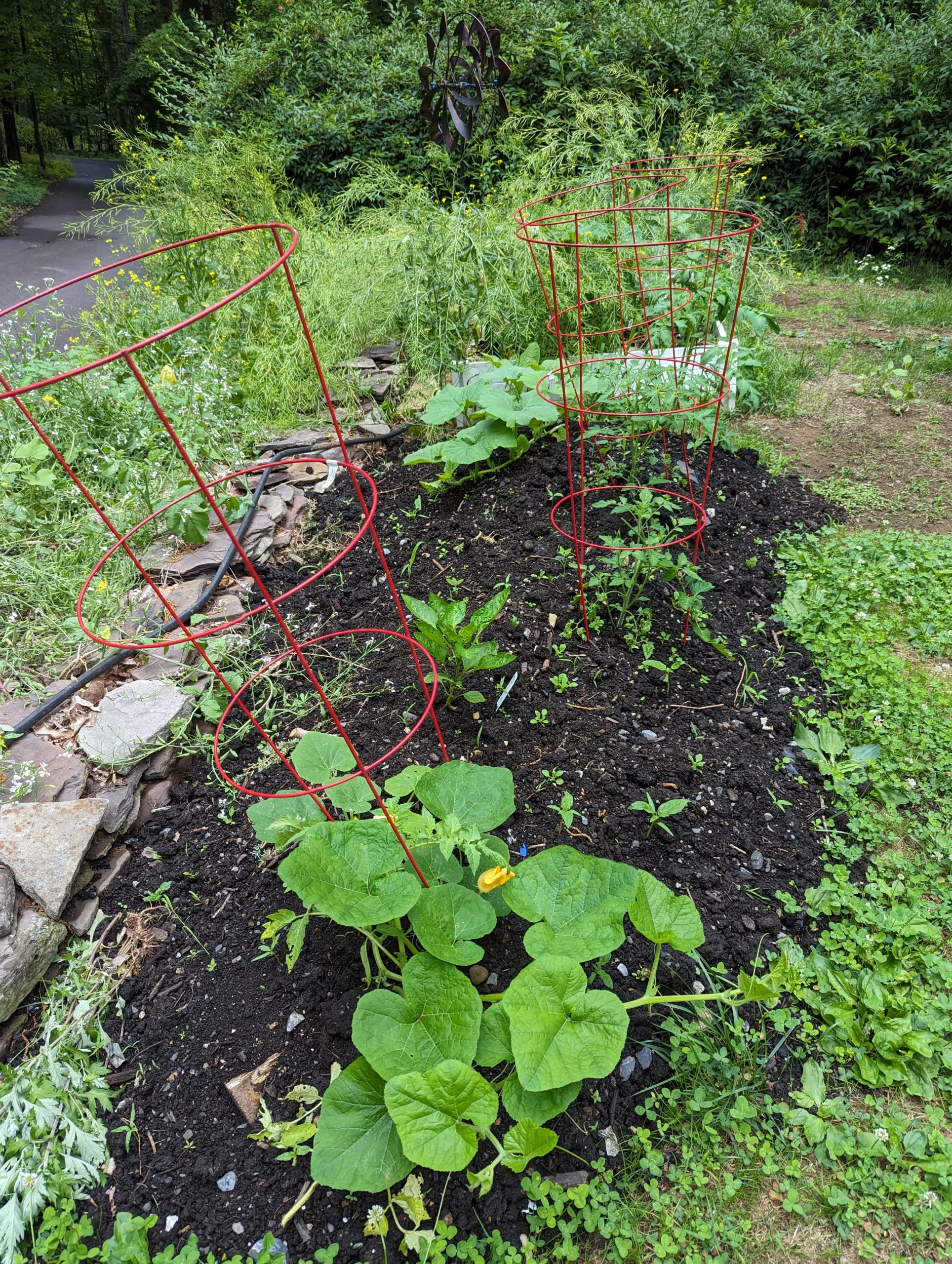Embrace the Chill: Unleashing the Joys of Cold Water Immersion
In the realm of personal wellness, few practices have gained as much attention and popularity as cold water immersion. This technique is accessible to everyone. It has been embraced by athletes, mental health advocates, and everyday individuals looking to supercharge their physical and mental well-being. In this post, I’ll delve into the world of cold plunging, providing you with a comprehensive guide on how to perform a cold plunge and explore the myriad benefits that await those who dare to embrace the chill.
What is Cold Water Immersion?
Cold water immersion involves voluntarily exposing yourself to cold water long enough to feel uncomfortable. This practice has been employed by athletes, entrepreneurs, and individuals seeking to find additional means of eek-ing out gains. The sudden change in temperature causes a stress response in the body, which in theory can lead to a range of benefits.
Benefits of Cold Plunging
Cold immersion is one of the many therapies that rely on an hormetic stressor for its benefits. Some documented bodily changes include:
Increased circulation
Cold water causes your blood vessels to constrict, and when you warm up, they dilate, improving circulation. Improved circulation leads to many other benefits within the body.
Reduced inflammation
Cold water has anti-inflammatory properties, which can help to reduce muscle soreness and joint pain. One of the most effective things that I have found reduces a chronic foot pain that I’ve been dealing with is cold water immersion.
Improved immune function
Cold water stimulates the release of white blood cells, which helps to fight off infections and reduce the risk of chronic diseases. Cold water immersion has been linked to an increase in the production of T-lymphocytes and NK cells, which play a crucial role in innate tumor immunity.
Improved Recovery
Likely due to the reduction in inflammation and increased circulation, cold plunging has been shown to improve recovery time. Ultimately, meta studies have shown this leading to enhanced physical performance. Cold plunging can help alleviate muscle soreness and stiffness, making it an ideal practice for athletes and fitness enthusiasts. It is important to be aware of additional studies that have shown that cold exposure can have negative outcomes if used to close to resistance training.
Mental Clarity and Focus
The cold water shock triggers the release of adrenaline, which can improve mental clarity, boost focus, and reduce stress and anxiety. Overcoming the discomfort of a cold plunge can help build mental toughness and willpower, translating to other areas of life. Enhanced mood and emotional well-being due to the release endorphins, is one of the most noticeable immediate impacts of cold water immersion.
Improved Metabolism
Studies have shown that those who are acclimated to cold exposure have a higher resting metabolism. It’s theorized that this is due to increased amounts of and more metabolically active brown adipose tissue.
The Art of Cold Plunging
General consensus among cold plunging advocates is that immersing yourself in water with a temperature of 50°F (10°C) or lower for a short period, typically ranging from 1 to 3 minutes qualifies as cold water immersion. In reality, studies have shown that many of the benefits can be obtained with warmer temperatures if you scale up the time spent. In winter time, I will often just work outside for 20 minutes in shorts and a t-shirt.
My first experiences with intentional cold exposure came while studying the Wim Hof Method. Wim’s practice embraces the cold in many ways, but I started just by doing colder showers than I would normally take. Even a few minutes of doing this will have you believing that there is something noticeable occurring with your mental state. Eventually, I started arranging backpacking trips around sources of natural cold water so that I could enjoy this after a day of hiking. After building a sauna at home, I purchased a container that I could fill with my well water and added ice so that I could indulge in hot/cold contrast.
The Cold Water Immersion Process
As noted above, to reap the benefits of cold exposure, you could just finish your shower at a colder and colder temperature every day. I would encourage everyone though to work up to doing a proper ‘cold plunge’. Here are some tips to make the most of it.
Location
Obviously, the first step is finding or creating a location where you can immerse yourself in cold water. These exist all over in nature and that’s a great way to see if this practice is right for you or not. Additionally, there are now many workshops where you can go with others for your first cold water immersion experience.
Acclimation
Many people will play around with acclimation, especially when starting out. Do hot/cold contrast showers or at a bare minimum start with warmer temperatures and gradually move colder over time. As with anything, it’s probably not the best idea to go to extremes right from the start.
Mental Preparation
No matter where you go and what temperature you choose, preparing yourself mentally will likely be required. The Wim Hof Method incorporates breathwork and some other mindfulness practices to assist with this, but just focusing on your breath before immersion and trying to avoid shallow breathing while you’re in the cold is very helpful. Please note, that especially if you’re immersing yourself in water, be very careful about doing any type of breathwork that may lead to loss of consciousness while you’re immersed.
Immersion
Now submerge yourself fully in the cold up to the neck. Don’t go in slow, just commit. Focus on breathing normally rather than shallowly and try to relax. Depending on how you feel, you might want to fully submerge your head at this point. This will trigger the mammalian dive reflex which may add further to the benefits of the cold water immersion. Try to spend 2 – 3 minutes in the water.
Recovery
Slowly emerge from the water. Take deep breaths and allow your body to gradually warm up. You can perform some light movements to assist with this, but recent studies have shown additional metabolic benefits of allowing yourself to warm via shivering.
Repeat
Once you’re warm again, you can repeat the whole process if you would like!
Embrace the Cold
Embracing the chill of cold water immersion may seem daunting at first, but the benefits are undeniable. Cold water immersion is a powerful tool for transforming your physical and mental well-being. You’ll experience a range of physical, mental, and emotional advantages that will have you coming back for more. So, take the plunge and discover the joys of cold water immersion for yourself. Your body and mind will thank you.




